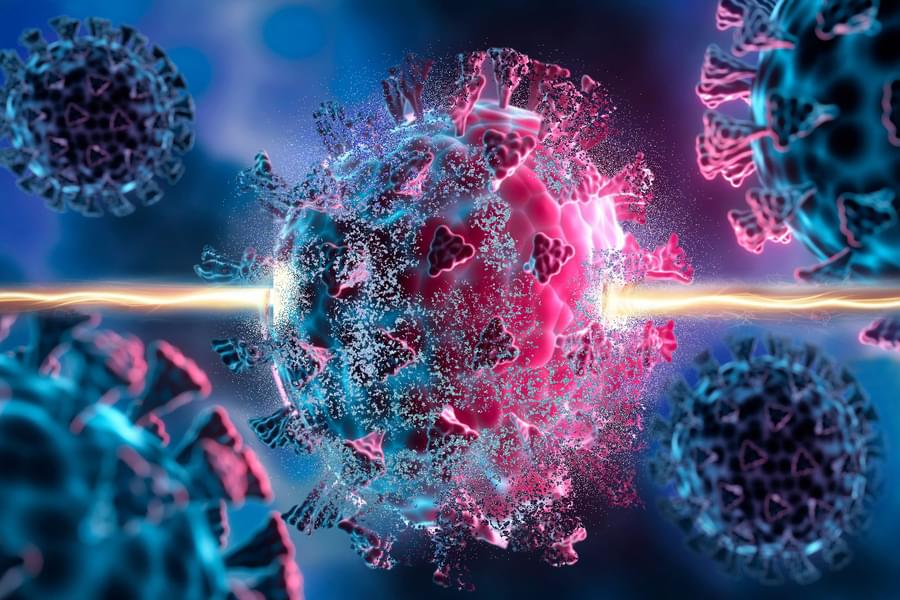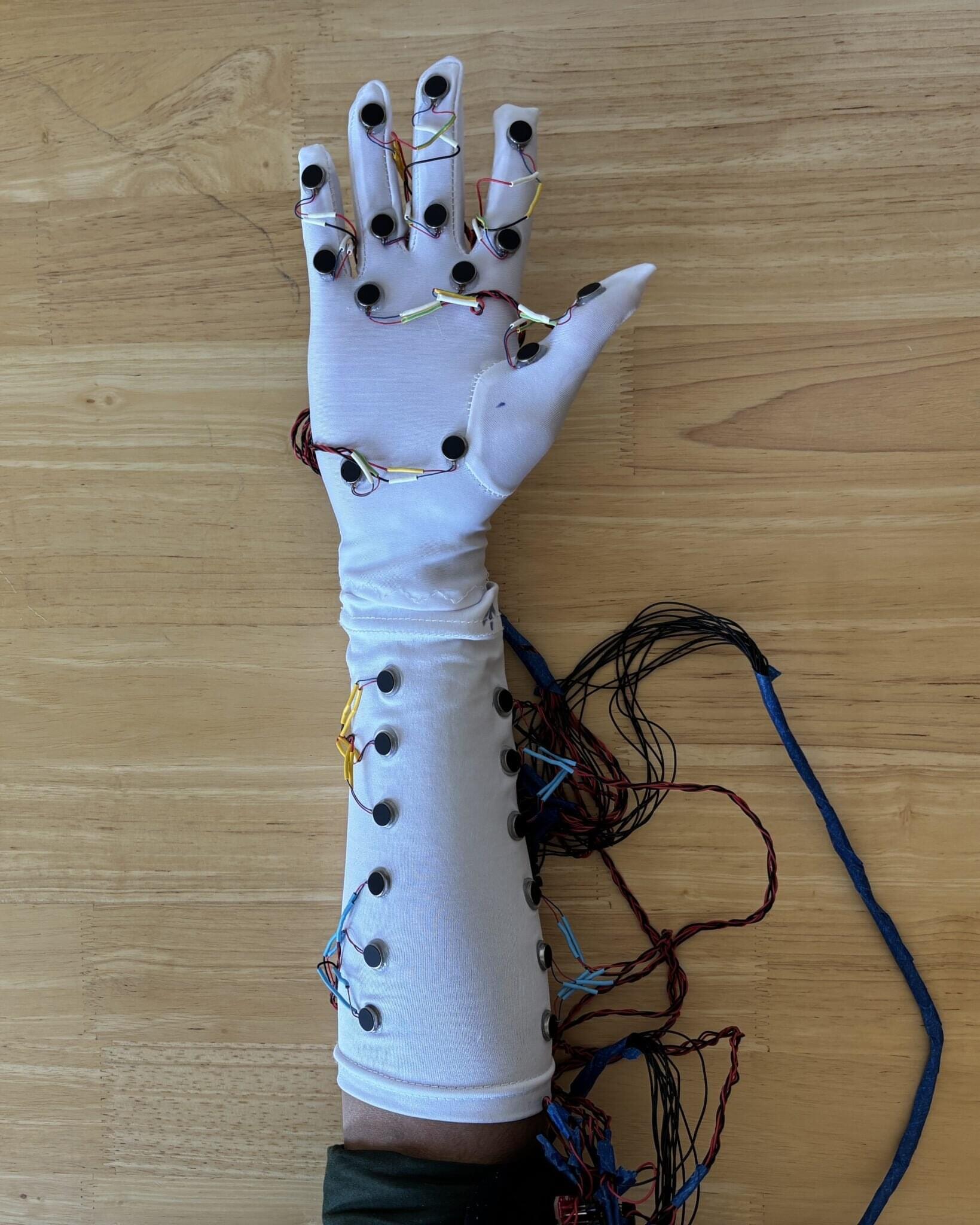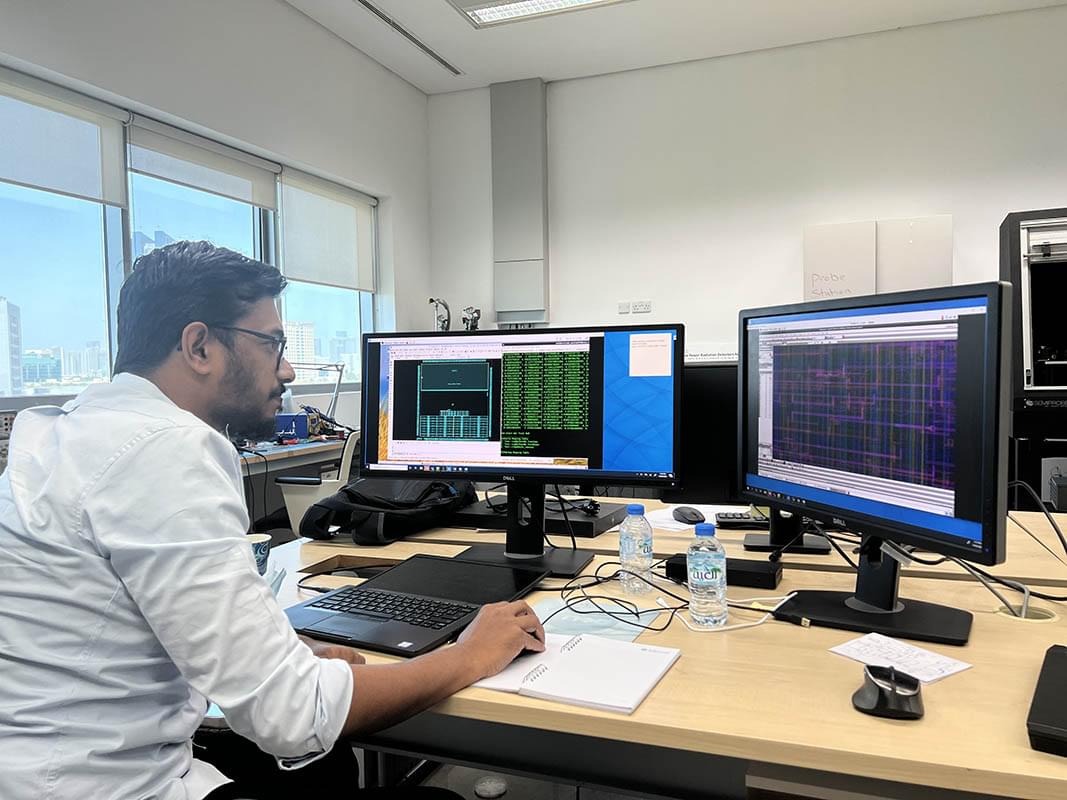The hunt for potentially habitable rocky planets in our galaxy has been the holy grail of exoplanet studies for decades. While the discovery of more than 5,900 exoplanets in more than 4,400 planetary systems has been a remarkable achievement, only a small fraction (217) have been confirmed as terrestrial—aka rocky or “Earth-like.” Furthermore, obtaining accurate information on a rocky exoplanet’s atmosphere is very difficult, since potentially habitable rocky planets are much smaller and tend to orbit closer to their stars.
Thanks to next-generation instruments like the James Webb Space Telescope (JWST), exoplanet studies are transitioning from discovery to characterization. However, no atmospheres have been clearly identified around rocky planets yet, and the atmospheric data Webb has collected so far is subject to some uncertainty.
A summary of Webb’s findings was featured in a recent study by researchers from the Max Planck Institute for Astronomy (MPIA) and the Johns Hopkins University Applied Physics Laboratory (JHUAPL). Based on their summary, they recommend a “five-scale height challenge” to assist astronomers in atmospheric characterization.







